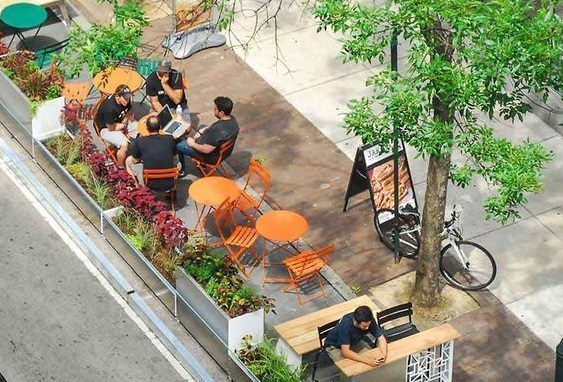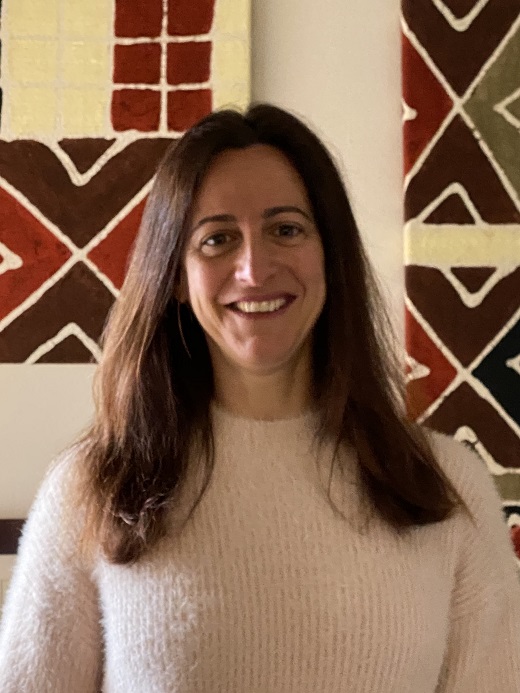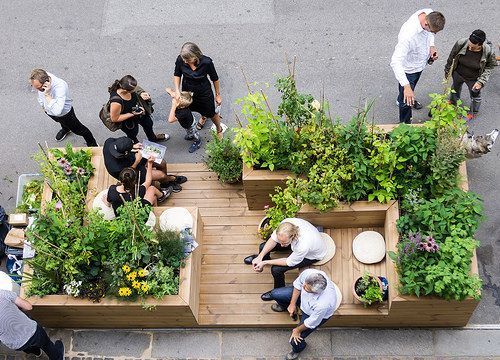
A Sydney council is planning to install temporary ‘micro rooms’ to create shared spaces and bring the community together.
The City of Canterbury-Bankstown was awarded a $1 million grant from the NSW government in August as part of its Streets as Shared Spaces program.
The program awards grants to select councils to install temporary activation projects to support their community during the COVID-19 pandemic and test ideas for permanent installations.
The two categories in the program include quick response demonstration projects and medium-term pilot projects.
The City of Canterbury-Bankstown received a grant in the second category and has a year to deliver its project.
Footpaths and roads don’t make a community

Renata Ferreira, Team Leader Urban Design for Council, said that shared spaces are important because footpaths and roads alone don’t make a community.
“If you have a local shop, and all you have is a footpath with not a lot of space for greenery… or (spaces) for people to park their bikes or scooters, you don’t have a community,” she told Government News.
Council will be setting up ten micro rooms across its local government area. Preliminary locations have been identified by Council but are yet to be finalised.
It’s been a tough year, so we want to give a gift back to the community.
Renata ferreira
The project will enable Council to transform a space in the street that is not being used well and temporarily install a space for people to gather.
This could be play areas, vegetable gardens or areas for people to park their bikes and scooters.
“It’s providing a greater diversity of spaces where the community can gather, which is not only a park, and changing the concept of streets, not only as a place for vehicles but actually as a place for people,” Ms Ferreira said.
Impact of Covid-19
As a result of the Covid-19 pandemic, Council has seen people spend more time at local parks and local spaces, and more space is now needed for people to maintain a safe distance from each other.
“People are now working where they live, therefore the local centre has a greater role in this regard in terms of having more spaces for people to actually gather in the public domain,” Ms Ferreira said.
“People are cycling more, they’re walking more, they’re jogging; so having better footpaths or having wider paths that people can walk, or having places where they can exercise (is important).”
Council is still working out how to address these changes in its project but safety will be a priority.
“Safety is a core value for Canterbury-Bankstown Council, and we are fully aware that whatever we implement will have to be Covid safe… It will be a key component of our design and installation,” Ms Ferreira said.

Improving the urban environment
One of the key outcomes of the project is to improve the quality of the urban environment and make the community happy.
“It’s been a tough year, so we want to give a gift back to the community,” Ms Ferreira said.
“If we can engage local artists, if we can stimulate the local business, if we can bring people to the streets to enjoy the streets and the spaces, these are all things that would be fantastic to achieve.”
The temporary installations will enable Council to test the goals in its long-term strategic planning.
“Those long term-permanent installations are quite expensive, so this is a kind of way for us to test whether those more expensive permanent long-term installations will be successful or not,” Ms Ferreira said.
The micro rooms project is part of Council’s Urban Interventions program, which seeks to design, implement and maintain urban interventions in key centres in the local government area.
North Sydney Council also received funding from the NSW government as part of this program, and is working on two projects to install temporary shared spaces.
Comment below to have your say on this story.
If you have a news story or tip-off, get in touch at editorial@governmentnews.com.au.
Sign up to the Government News newsletter
Great concept but speed limits will need to be addressed to prevent the inevitable happening
Not really, these things can assist with managing pedestrian crossing locations if designed with a barrier along the traffic side. The Princess Highway in Crows nest has constructed permanent versions that have been there for thirty years. The highway traffic is contributing little to the retail activity, so the street is effectively cut into three, with pedestrians along the shop frontages divided from the through traffic on the carriageway by raised eatery facilities which augment the shops and service the lunch time office workers and the residents of nearby high rise who need somewhere pleasant and outdoors to eat.